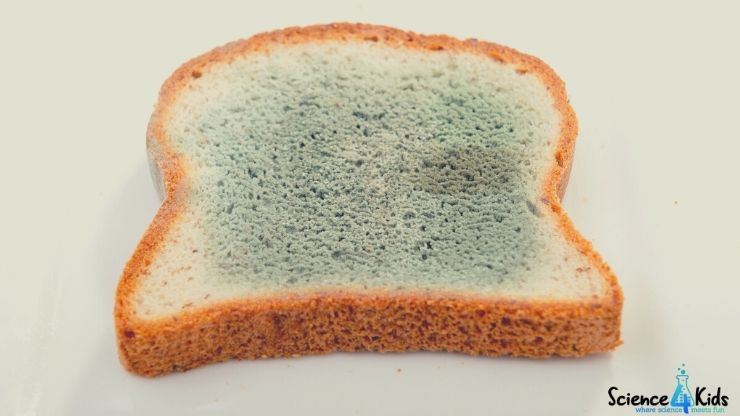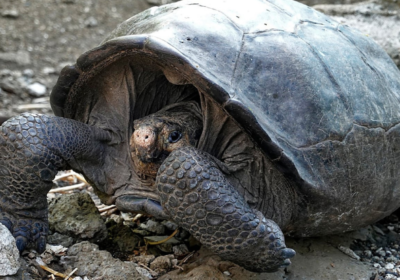All of you might have seen moldy food stuff. It can be found on many leftover food items. That dusty and fluffy coating on food definitely looks gross, right? How is mold formed? Will all food items become moldy? These are questions that provide us food for thought. So let us carry out an interesting bread mold science project, and find out more about the world of mold. Be careful while doing this. Some people are allergic to molds. We don’t want a stuffy nose or itchy eyes after a science project. So take proper care, and if possible, ask for adult supervision.
What we need
Bread slices – 4 to 5
Sealable transparent plastic bags – 4 to 5
Spray can (optional)
Small plate – 3
Water
Procedure

- Place the bread slices side by side. Spray water over all the slices. (If you don’t have a spray can, you can use a spoon to spread water over the bread slices. A spray can will ensure that water is evenly spread all along the slices).
- Transfer each slice into a transparent plastic bag, and seal the mouth of all the bags.
- Now comes the actual part of the project. You can choose where you want to leave the sealed bags. Leave all the bags in different places, under different conditions.
- Place one bag in the refrigerator, one bag inside the freezer, one bag in a warm, humid and dark area, and one bag in normal room temperature.
- Make sure that nobody touches or disturbs the bags. Keep inspecting the bags every day. Observe the speed at which mold is formed in each bag, and draw your conclusions.
- Alternatively, you can experiment in another manner. Take three slices of bread. Keep the first slice totally dry, the second slice moist (just a light spray of water), and the third slice completely soaked in water.
- Keep the slices in three different plates. Leave all the plates side by side, in a warm and humid area.
- Observe the slices every day, and mark your findings. In this case, you need to be extra cautious, as the mold is not inside a sealed bag. It will let out a foul smell as days pass. So just watch, do not touch.
What we learn
We have now seen how quickly or slowly mold forms under different conditions. You were able to draw various conclusions from this bread mold science project, right? If you followed it correctly, you must have concluded that mold thrives in warm, dark, and moist conditions because the sealed bag which was kept in the warm and humid area saw the fastest growth of mold. Likewise, the bread slice which is dry is less moldy than the bread slices which are damp.
So what is mold and why does it grow on some things? Mold is a type of fungus. Molds grow from microscopic particles called mold spores that float around in the air. They are present everywhere. But they need a humid and warm atmosphere to grow. They also need food. So the mold spores settle and multiply only when they find a suitable home where all these conditions are satisfied. In our project, they found their home in bread slices.
Mold and other types of fungi are heterotrophs, which means that they are not capable of manufacturing their own food. They feed on the damp bread or any other food item that they settle on. The presence of moisture and the right temperature accelerates their growth. Mold spores break up the food items and cause their decay. The dusty and fluffy mold that we see over the bread is the result of the biodegradation of natural materials.
When your bread mold science project is complete, ensure that you discard the moldy breads properly. They are harmful for pets as well. But it is interesting to note that molds can be useful to us in many ways. They help in the production of various food items, antibiotics, and enzymes. It was a mold that helped Alexander Fleming to discover the first antibiotic, penicillin!
If you wish to skim through more interesting science projects, please go to our Projects section.




